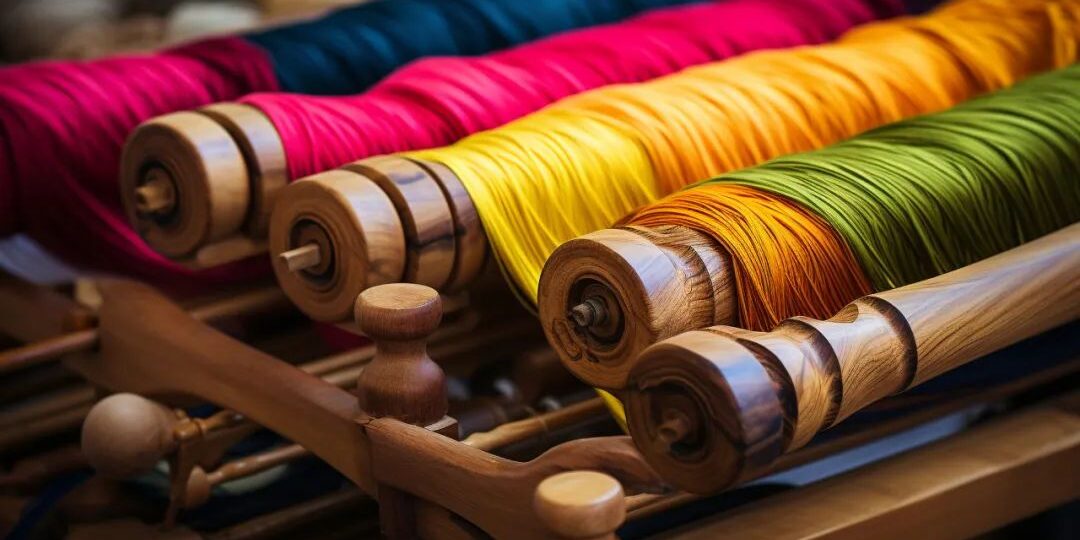Thread: Silicone Defoamers in the Textile Industry
Unraveling the Magic Thread: Silicone Defoamers in the Textile Industry
The textile industry has been an integral part of human culture and history for centuries. In the framework of this diverse and vibrant industry, there’s an unsung hero – the silicone defoamer. Made to tackle the foam that tends to build up in various textile manufacturing processes, silicone defoamers hold a weave of importance in this sector.
The Dyeing Ally: Silicone Defoamers in the Colorful Realm of Textiles
Textile dyeing is a vivid and essential process in the textile industry. However, the detergent-rich environment of this process is a perfect host for foam production, which could hinder the uniform dye uptake and leave uneven patches on the fabric. Enter silicone defoamers. They ensure smooth and flawless dyeing for fabrics of every type.
Enhancing Dye Penetration
One of the keys to a perfect dye-job is the even saturation of dye throughout the fabric. Foam can be a significant barrier as it creates pockets of air that prevent the dye from reaching parts of the fabric. Silicone defoamers effectively eliminate this obstacle by reducing the surface tension of the liquid, allowing the dye to penetrate more efficiently.
Improving Process Efficiency
More foam means more time needed to manage it. This can be a massive setback in a high-paced production process like textile manufacturing. Silicone defoamers help in enhancing process efficiency by significantly reducing foam-related hindrances.
In The Wash: Defoamers and Textile Washing
Just like dyeing, textile washing is also a bubble-friendly process. The combination of high-temperature and detergent-rich environment used to wash the dyed fabric can produce substantial foam. Silicone defoamers come into play here by reducing foam formation, ensuring a thorough and efficient washing.
Promoting Uniform Washing
Foam can prevent detergents from distributing evenly throughout the fabric during the washing process. The ability of silicone defoamers to break down the foam enables the detergents to rinse every fiber of the fabric effectively.
Ensuring Machine Efficiency
Excessive foam can also impact the washing machines’ efficiency and durability due to air-blocks in pump systems. Using silicone defoamers can maintain the efficiency and prolong the lifespan of washing machines by minimizing foam related issues.
FAQs
1. What is silicone defoamer and where is it used in the textile industry?
Silicone defoamers, or antifoams, are chemicals that inhibit the formation of foam. In the textile industry, they are often used in processes like dyeing and washing that produce a lot of foams.
Silicone defoamers, or antifoams, are chemicals that inhibit the formation of foam. In the textile industry, they are often used in processes like dyeing and washing that produce a lot of foams.
2. How do silicone defoamers enhance dye penetration?
Silicone defoamers reduce the surface tension of the dye bath, eliminating the foam and thus allowing the dye to penetrate more evenly and deeply into the fabric.
Silicone defoamers reduce the surface tension of the dye bath, eliminating the foam and thus allowing the dye to penetrate more evenly and deeply into the fabric.
3. How do silicone defoamers improve machinery efficiency in textile industries?
By reducing foam formation during the washing process, silicone defoamers can prevent potential damage to machinery due to air blocks, thus maintaining their performance and prolonging their lifespan.
By reducing foam formation during the washing process, silicone defoamers can prevent potential damage to machinery due to air blocks, thus maintaining their performance and prolonging their lifespan.
Silicone defoamers may not be well-known, but they play a transformative role in ensuring the dyeing, washing, and overall production processes in the textile industry are efficient. As they sew their magic into every thread, we continue to explore and weave a future made of better, more vibrant, and quality textiles.




